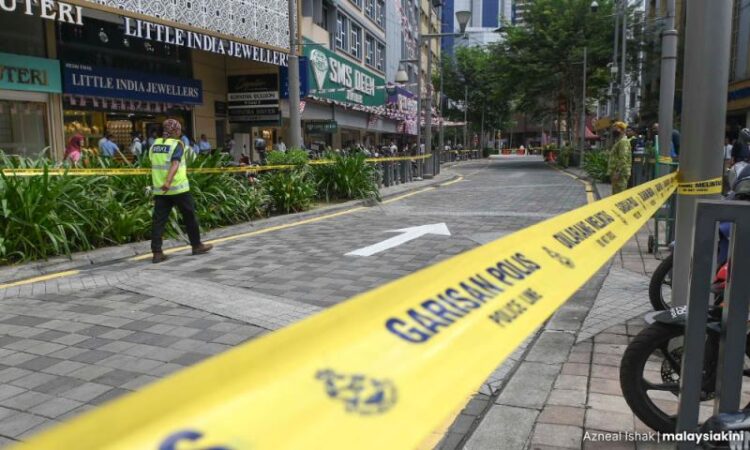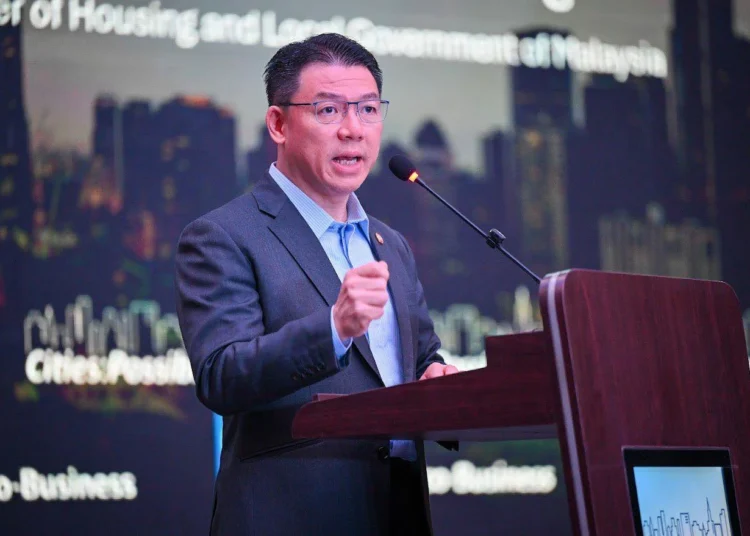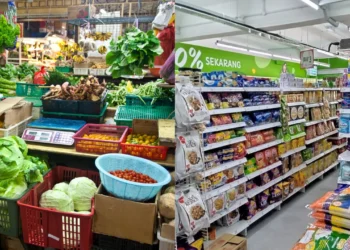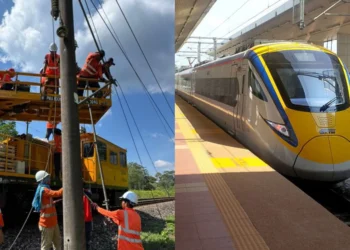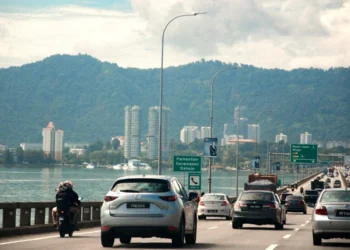The Kuala Lumpur City Hall (DBKL) announced that the buildings and the Jalan Masjid India area are now deemed safe to visit following the Masjid India Sinkhole Incident Taskforce meeting held yesterday. In a statement, DBKL confirmed that reports from multiple relevant agencies indicated the sinkhole incident along the road was an isolated occurrence.
According to the statement, geological data and land investigation records show that the sinkhole incident occurred on the Kenny Hills formation, which primarily consists of schist, phyllite, and quartzite rock layers.
DBKL stated that the meeting was led by its Project Management Executive Director, Mohamad Hamim, and attended by various related agencies to present their findings.
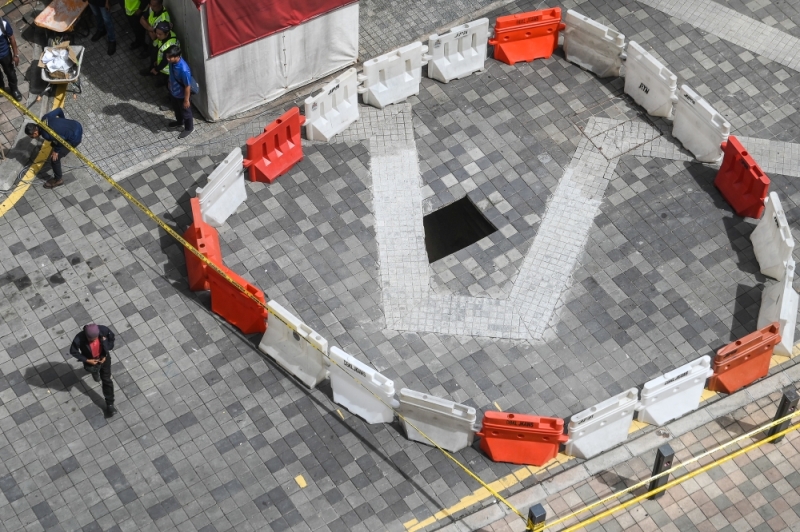
The attendees included representatives from the Public Works Department (JKR), the Minerals and Geosciences Department (JMG), the Police (PDRM), the Malaysian Fire and Rescue Department (JIM), and Indah Water Konsortium (IWK).
Additionally, the meeting was attended by representatives from the Survey and Mapping Department of Malaysia (JUPEM), the Institution of Engineers Malaysia (IEM), and the Malaysian Geotechnical Society (MGS). DBKL also announced that the hoarded-off area at the incident site has been reduced, compared to the previous 160-meter stretch that extended from Wisma Yakin to the Jalan Masjid India Police Station.
DBKL stated that the new hoarding area will be split into three sections. The first section covers the area from the entrance of the Wisma Yakin underground car park to the junction of Jalan Masjid India and Lorong Bunus 1. The second section is where the sinkhole appeared in front of the Masjid India Police Station, and the third section includes part of Lorong Tuanku Abdul Rahman 3.
Source: Bernama
Follow us on Instagram, Facebook or Telegram for more updates and breaking news.


